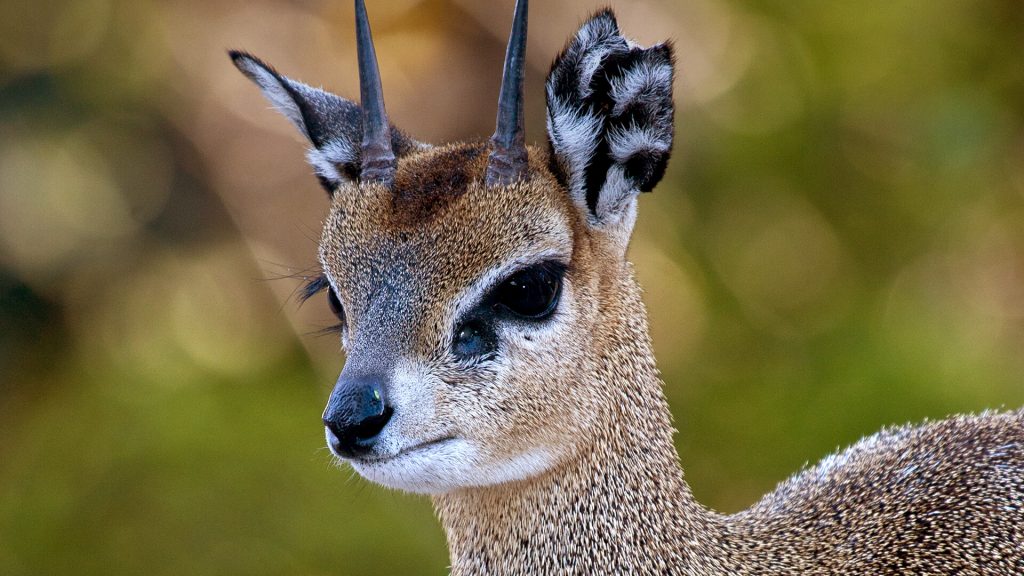The klipspringer holes up in its chosen kopje or other rock-filled habitat. It does not build a nest or den. They wisely hunker down during the hottest hours of the day, but forage during the early morning hours and late afternoon.
While living in a kopje jutting from the savanna floor, it can be easier to keep an eye out for predators. Sometimes a klipspringer pair takes turns eating so the other can “watch their back” as they browse. When alarmed, the sentinel lets out a shrill whistle to alert others. But danger lurks—including leopards, caracals, servals, hyenas, jackals, and large snakes.

Klipspringers are active mostly during the early morning and late afternoon hours, resting during the hottest part of the day. During this time they consume leaves, blossoms, fruit, and lichen.
Klipspringers communicate with whistles when alarmed. They stand still and erect for long periods of time, presumably watching out for predators. They use scent to communicate with outsiders, marking territory with dung piles and excretions from a preorbital gland, a dark, slit-like area beneath each eye.















